contributed by Wesley Martin, CCHP student assistant.
-The R. Allen and Beatrix T. Gardner papers included thousands of photographs taken during their research studies, which involved teaching American Sign Language (ASL) to chimpanzees. In this blog, CCHP student assistant Wesley Martin gives his perspective on making photographs from the second study (1972-1981) available to researchers. For an overview of the Gardner papers and processing, visit the blog, “An Inside Look at Processing a Collection“.
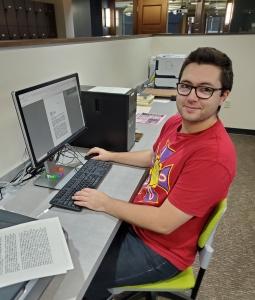
My role in making this collection accessible was to upload the photos and their corresponding information (metadata) to our digital repository. Interested researchers can now browse the R. Allen and Beatrix T. Gardner still images and access the digitized photographs through keyword searches. The process was sometimes challenging, but the great thing about looking through the Gardner photos is that any stress is quickly relieved when you see their cute little chimp faces!
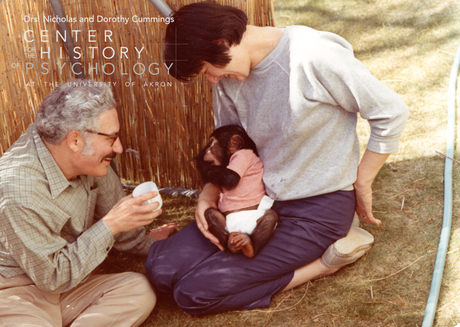
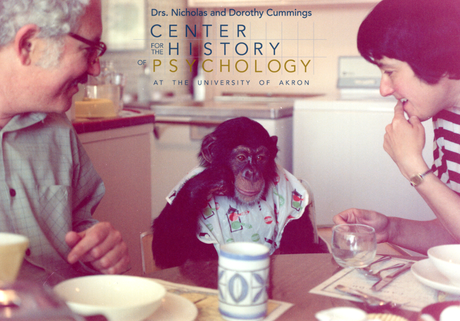
Another unique aspect of this collection is that the Gardners had a very consistent, standardized process for logging the major details of every photograph. Each photograph was given an identification number that was written on the back, and the description log data corresponds with these ID numbers. Their research content in general is massive; the archival boxes of materials take up just over 93 linear feet of shelf space, or 282 boxes.
Before my task began, a fellow student assistant Amelia Pier, transcribed the Gardners’ written photo descriptions into a digital spreadsheet. Another student assistant, Maggie Mahaney, scanned all the photographs and saved them into digital folders for me to pull from. The delegation of those specialized roles allowed me to focus on less tasks, streamlining the metadata creation process. An additional bonus is that I did not have to create my own original metadata descriptions for many of the photos, as the Gardners and/or research assistants wrote their own descriptions while observing the chimp behavior.
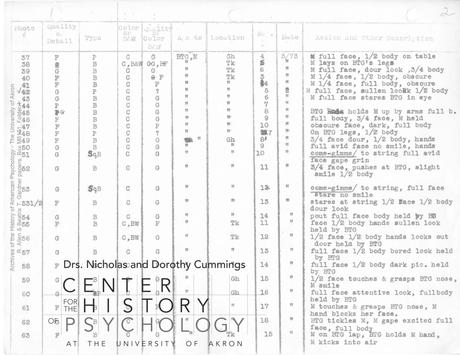
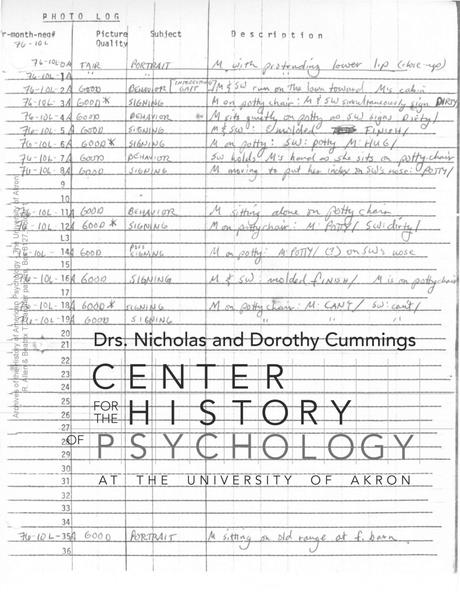
However, there were still hurdles to my task. I occasionally came across a folder where photos had no ID number written on them, and I had to flip through the Gardners’ log to match the descriptions with what was going on in the photos. This was time-consuming, especially if the chimps were signing. Another aspect that slowed the process was the few hundred photos that did not have descriptions, or had descriptions that were full of syntax errors or insufficient information. That is where I created most of my own original metadata.
Something that was difficult at first yet became easier was identifying the chimpanzees. At first I was always asking Assistant Processing Archivist Emily Gainer who was who. This was particularly an issue when they weren’t wearing any clothes. I learned that Dar had larger, folded ears; Tatu had white hair on her face; and Moja had darker skin around her face–although these traits were harder to observe in them during infancy (save for Dar’s ears).
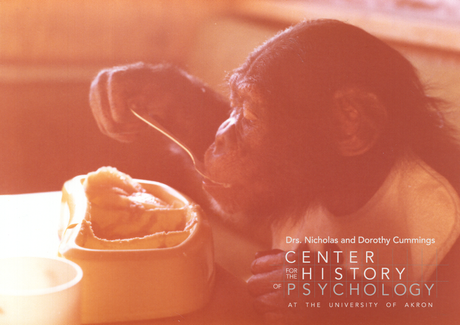
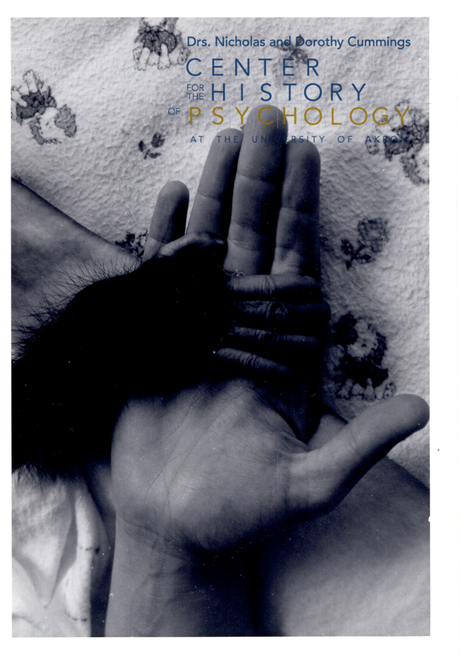
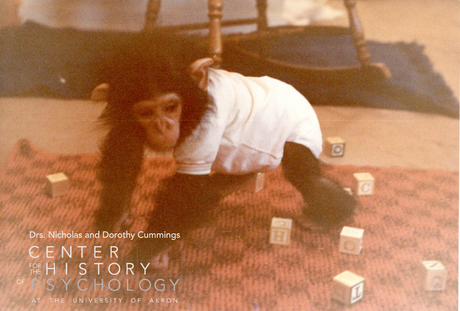
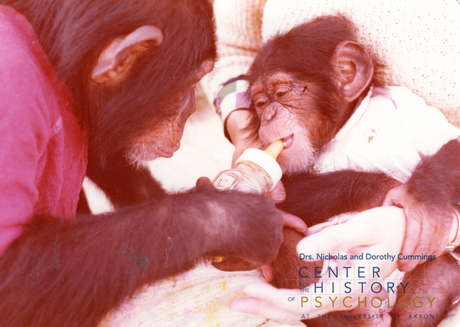
Although these photographs give us a primary window into what the Gardners’ research looked like from their eyes, my greatest fascination has been seeing the pure joy on the faces of the human companions when interacting with these animals. It was more than just research: it was a series of close, emotional bonds between humans and our closest living relatives–an opportunity so rare that, as an anthropologist-in-training, it makes me envy.
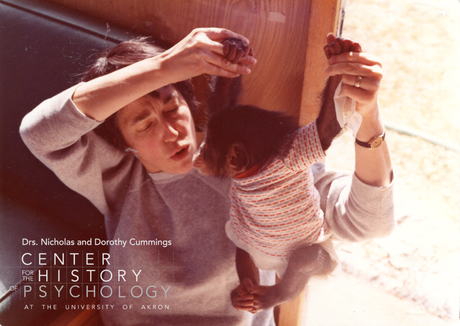
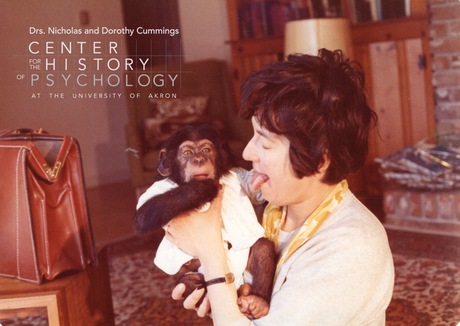
Box M8131, Folder 4.
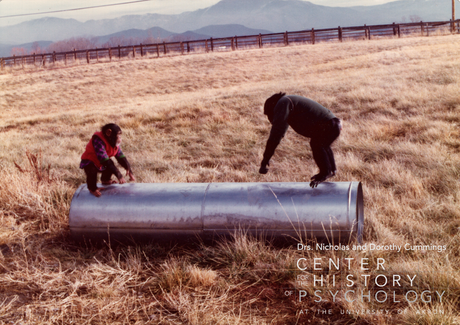
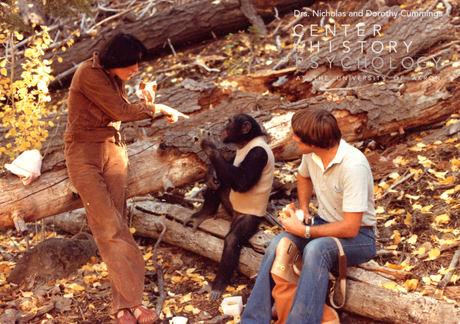

Box M8129, Folder 79-1B.
I have included images in this blog that made me smile throughout the process.
To access materials in the R. Allen and Beatrix T. Gardner papers, contact our CCHP reference archivist at [email protected].
